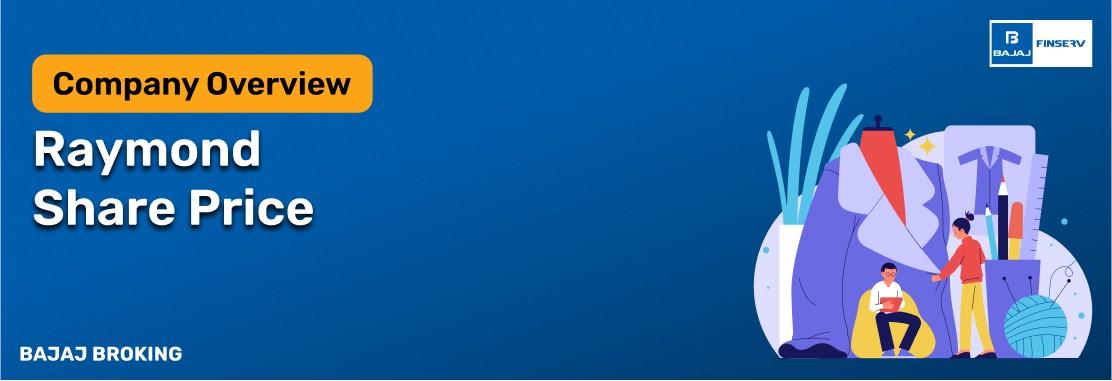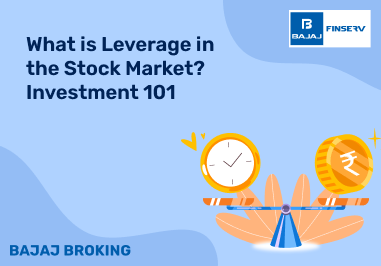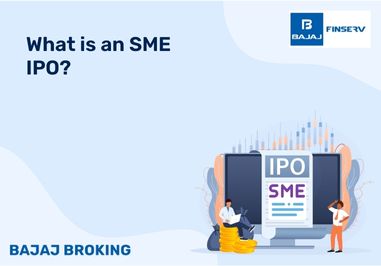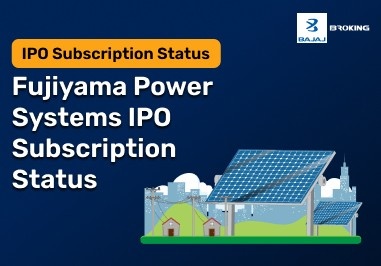Raymond – Key Highlights
Mission & Vision
Raymond’s mission is to offer enduring style and quality across textiles, fashion, and lifestyle products. Its vision is to remain a trusted leader in premium menswear, while expanding into new consumer and real estate domains. The company aims to strengthen its branded portfolio, digital channels, and integrated retail solutions. Its strategic focus includes sustainable manufacturing, vertical integration, client-centric innovation, and modern retail expansion. Raymond also aspires to extend the reach of its brands across tiers, leveraging heritage craftsmanship, ethical sourcing, and digital customer engagement to maintain its leading position in the lifestyle segment.
Milestones and Achievements
Raymond has achieved key milestones in manufacturing and brand development. It established India’s first vertically integrated suiting facility, expanded fashion labels like ColorPlus and Park Avenue, and entered the real estate space through Raymond Realty. The company has received certifications for sustainable textile production, been awarded for manufacturing excellence, and extended its digital retail footprint. Landmark projects include branded garment exports and launch of bath and linen ranges. Over decades, Raymond built a nationwide retail network, pioneered branded fabrics, and diversified into building luxury residences under its real estate arm.
Recent Developments or News
Recent updates include the expansion of retail outlets and focus on online-to-offline integration for its fashion brands. Raymond has strengthened its garment-manufacturing partnerships and realigned operations in its engineered fabrics division. The company also made progress in real estate approvals and launched residential projects through Raymond Realty. Strategic moves include investment in sustainable sourcing practices and digitisation of customer experience with omnichannel solutions. These initiatives improve brand engagement, enhance supply chain efficiency, and reinforce diversification across textile, lifestyle, and real estate businesses.
Financial Overview of Raymond
Revenue and Profit Trends
Raymond’s revenues are generated from textile manufacturing, brand retail, garment exports, and real estate development. While textile and apparel segments contribute a steady base, real estate is emerging as a revenue driver. Recent years saw moderate topline growth supported by retail performance, though profitability is influenced by raw material pricing, retail margins, and real estate project timing. EBITDA margins improved through better product mix and cost efficiency. Net profit has fluctuated, affected by interest expenses and realisation timing in real estate. Overall, revenues reflect brand strength and diversification, while profitability depends on margin optimisation and backlog realisation.
Key Financial Ratios
Raymond’s price-to-earnings ratio is moderate, reflecting its blend of retail and real estate businesses. Its return on equity indicates reasonable capital deployment across segments. Debt-to-equity has declined recently due to deleveraging efforts. Operating margins remain healthy in textile and apparel, though overall margins vary because of real estate project timelines. Liquidity ratios are satisfactory, allowing flexibility for working capital and capital expenses. These ratios suggest a financially disciplined firm managing mixed revenue streams, backed by legacy business strength and careful balance sheet stewardship.
Recent Quarterly/Annual Results
In the latest quarterly performance, Raymond reported year-on-year revenue growth driven by improved retail sales and enhanced manufacturing output. EBITDA recorded a healthy rise as cost-control measures and an enriching product mix contributed. While real estate revenue was modest this cycle, core business margins remained stable. The annual results displayed steady topline growth, with real estate acknowledgement in overall financials. The board approved a dividend aligned with prior years. Management commentary emphasised brand expansion, manufacturing scale-up, and real estate project execution as key levers.
Raymond Share Price Performance
Historical Share Price Trends
Raymond’s share price has shown long-term appreciation, supported by resurgence in lifestyle consumption, brand revival, and real estate asset monetisation. Short-term fluctuations correspond with retail cycle sentiment, raw material inflation, or real estate updates. Overall, the stock benefited from turnaround execution and brand repositioning. Institutional and retail investor interest increased amid corporate restructuring and asset monetisation talk. Share price movements reflect changing investor perception about Raymond's journey from textiles to a diversified lifestyle and real estate business.
52‑Week High/Low
Over the past 12 months, Raymond traded within a defined price range. It reached highs following upbeat retail performance or real estate visibility, and declined during raw material cost upticks or weaker consumer demand. These levels provide insights into valuation thresholds and investor sentiment. Currently, the share is situated between its annual peak and trough, reflecting investor wait-and-watch positioning as diversification outcomes unfold.
Pros & Cons of Raymond
Pros
Strong legacy in premium textiles, branded retail and garments.
Operational scale via manufacturing plants and retail footprint.
Diversification into real estate adds value.
Improving balance sheet due to deleveraging efforts.
Cons
Earnings remain partly dependent on raw material costs and retail sentiment.
Real estate delivery timelines may delay value recognition.
Interest expenses may remain until full deleveraging.
Brand rejuvenation momentum must sustain to justify valuations.
Raymond Stock Fundamentals
P/E Ratio, EPS, ROE, etc.
Raymond’s valuation reflects its combined legacy and revival potential. P/E ratio sits within mid-range for lifestyle companies. Earnings per share have risen due to margin gains in retail and manufacturing. Return on equity suggests effective capital utilisation, though real estate accounting may dampen short-term returns. Deleveraging has boosted net income from interest savings. These fundamentals are positioned for incremental improvement as brand revival and real estate monetisation unfold.
Shareholding Pattern
Promoter holding remains strong with publicly disclosed institutional and retail holdings. No notable promoter pledging is recorded. Institutional ownership has increased reflecting improved investor confidence. Transparent shareholding disclosures underlie governance quality. This blend supports strategic flexibility for corporate restructuring and asset realisation while maintaining public-market accountability.
Competitors of Raymond
Peer Comparison
Raymond competes with domestic apparel and textile firms including Arvind, Welspun, and Aditya Birla Fashion. It also overlaps with branded consumer segments. While peers may benefit from scale in fast-fashion or home textiles, Raymond differentiates via premium brand positioning and real estate diversification. Compared to pure-play textile firms, its valuation reflects broader corporate transformation dynamics, balancing brand legacy with new industry exposure.
Market Positioning
The company is positioned as an integrated lifestyle brand with fabric-to-fashion and real estate development capability. Its high-value retail formats and vertical integration aid market positioning in premium segments. Real estate initiatives through Raymond Realty are designed to monetise underutilised land parcels and capture real estate value. This positioning offers strategic depth but requires efficient execution across varied business lines.
Future Outlook for Raymond
Growth Opportunities
Raymond’s growth thesis centres on retail expansion in apparel and lifestyle driven by brand efficiency and modern channels. Manufacturing scale-up, entry into premium fabrics, and digital commerce provide growth avenues. Real estate strategy through asset monetisation promises value unlocking and capital efficiency. Continued deleveraging and new store rollouts, complemented by customer experience upgrades, are expected to benefit revenue and margin expansion going forward.
Risks and Challenges
Challenges include raw material price swings, competitive retail environment, and slower-than-expected real estate project progress. Delayed land development approvals could impede realisation. Consumer preference shifts may require continuous product innovation. Interest cost may stay elevated till full debt repayment. Successful escalation of brand repositioning and real estate activation is essential to sustain growth.
How to Track Raymond’s Share Price?
Track Raymond via NSE (RAYMOND) or BSE (500330) using financial platforms. Set alerts for quarterly results, store openings, textile realty news and raw material trends. Watch price charts around festive and industrial cycles, and monitor corporate action updates for dividend or asset divestiture announcements.















